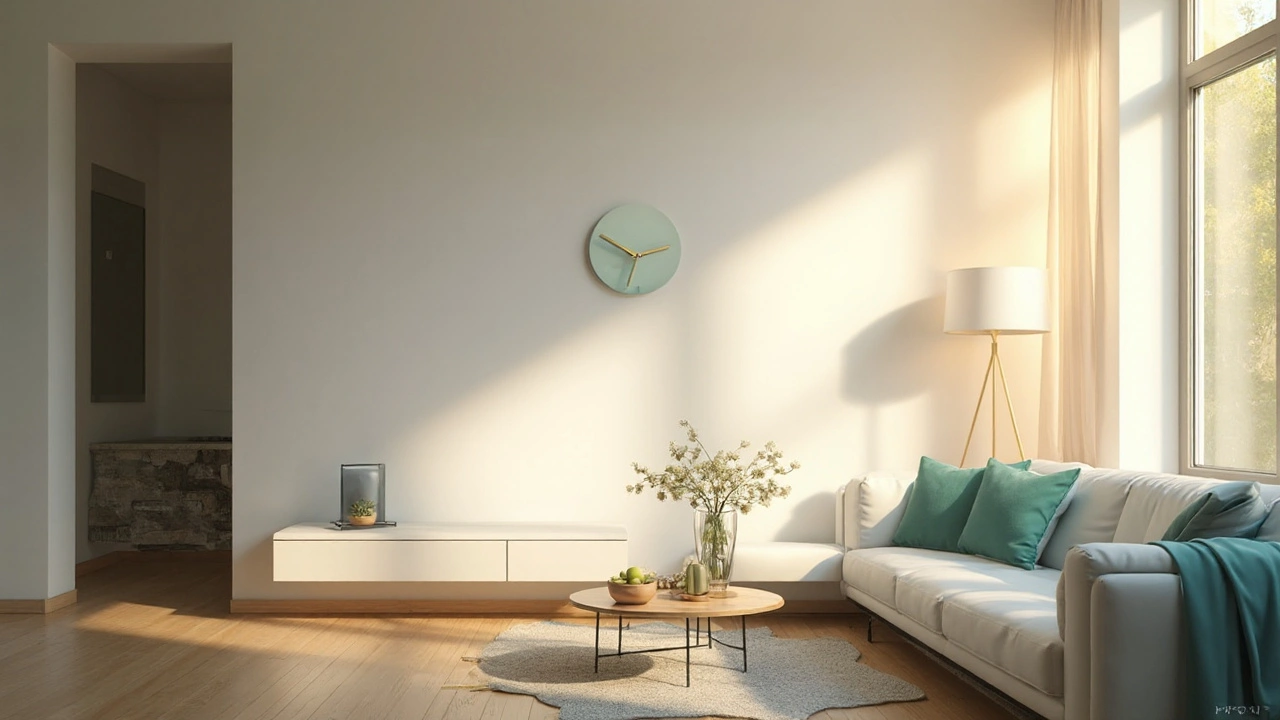Smart Home Privacy: Simple Steps to Keep Your Data Safe
Smart speakers, cameras, and thermostats make life easier, but they also collect a lot of data. If you’re not careful, that info can end up in the wrong hands. The good news? You don’t need a tech degree to protect your home. Below are practical moves you can make right now.
Check Who Can See Your Devices
Every smart gadget has a list of users and permissions. Open the app, go to the settings, and remove anyone you don’t recognize. If a device lets guests control it, set a temporary access code instead of sharing your main password. This stops neighbors or delivery people from accidentally spying on you.
Turn Off Unnecessary Listening and Recording
Voice assistants love to listen for ‘hey’ or ‘okay’ triggers, but they also store what they hear. In the app, find the “privacy” or “data collection” menu and disable continuous listening if you don’t use it all day. Some devices let you delete voice recordings with a single tap – use it regularly.
Network security is the backbone of privacy. Change the default Wi‑Fi name and password on every smart device; the factory settings are easy for hackers to guess. Enable WPA3 encryption on your router if it’s available. If your router supports a guest network, put all smart gadgets there. That way, a compromised device can’t reach your laptop or phone.
Software updates might seem annoying, but they often patch security holes. Turn on automatic updates for both your router and each smart device. If a product hasn’t received updates in years, consider replacing it with a brand that offers ongoing support.
Two‑factor authentication (2FA) adds a second lock on your accounts. Most major smart home platforms let you enable 2FA via email or an authenticator app. Even if someone guesses your password, they’ll need the second factor to get in.
Be careful with third‑party skills or apps. Some voice‑assistant extensions ask for more data than they need. Before you install, read the permission list; if it asks for access to your contacts or location, think twice.
Finally, audit the data you share with manufacturers. Many brands let you download or delete your stored data from their cloud. Log in to your account, look for a “data export” or “delete data” option, and clear out old recordings you no longer need.
Protecting privacy in a smart home is about small, regular habits. Review permissions, secure your network, keep software fresh, and limit what you share. Do those things, and you’ll enjoy the convenience of automation without the worry of unwanted eyes.

Do Smart Homes Have Cameras? Everything You Need to Know
Explore how cameras are built into smart homes, the types available, privacy risks, and how to integrate them safely for modern home security.
view more